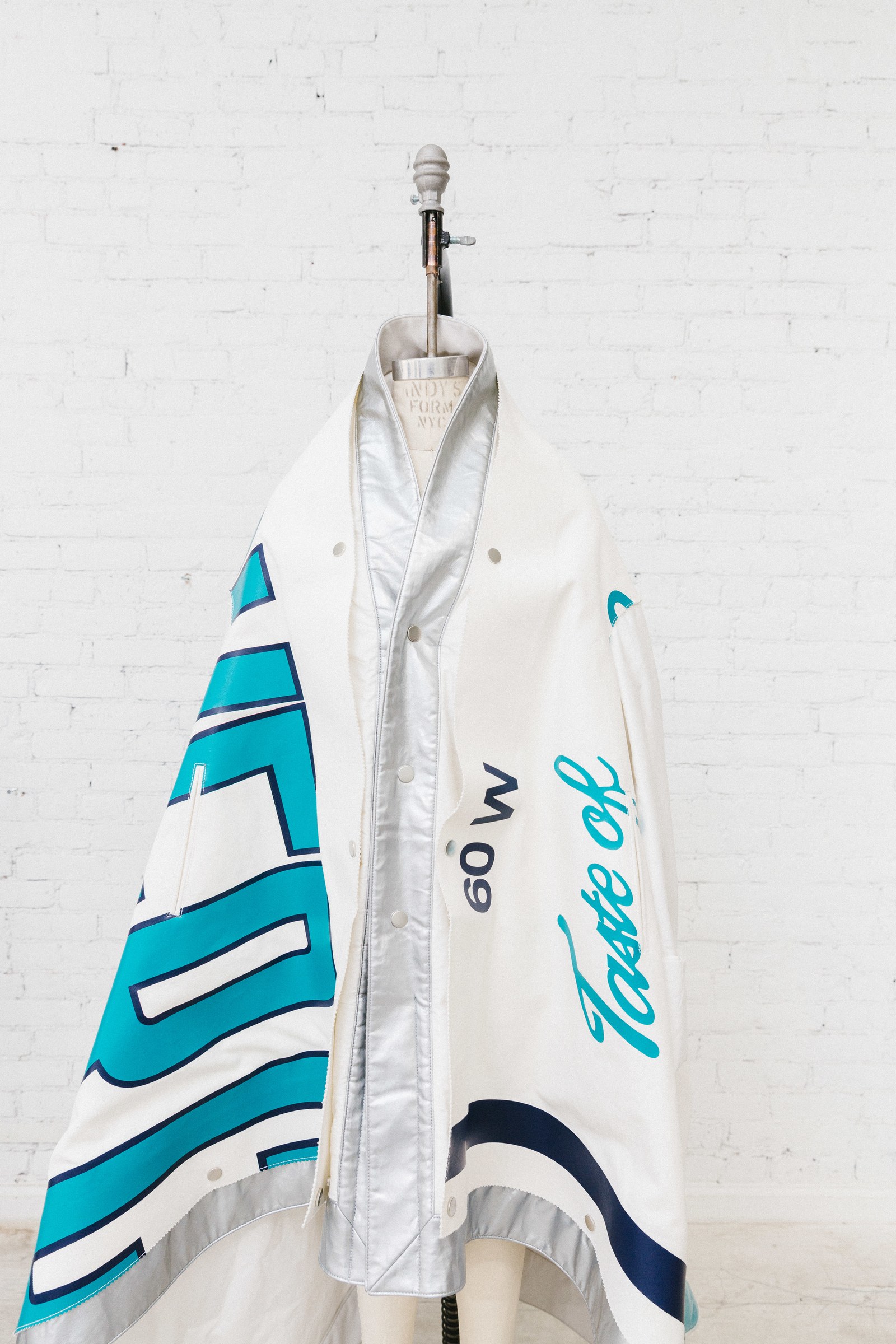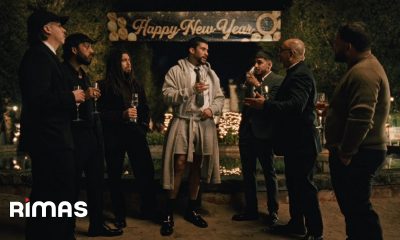
The Overcoat Is Your Weird New Outerwear Obsession From Fashion’s Inner Sanctum
The fashion biz is filled with people whose personalities are so familiar that we pretend to know them on a first name basis—Dries, my man! Hedi, my guy! We may never stop by McDonald’s with Jil on the way to her German ski chalet, or gaze at the George Condo in Raf’s apartment above a Paris flower shop, but their brands (personal and corporate) feel like our friends.
But behind that marquee of household (or at least penthouse-hold) names is a sprawling, basically anonymous network of artists and artisans—brilliant people who bring designers’ big fantasies to reality. Manipulators of fabric, sketchers, sewers, dyers, people who embellish stuff: generally, the people who solve the problems inherent in constructing crazy and expensive clothing. Mostly, they remain unknown, occasionally lurking in the background of a designer documentary, or maybe even making their way into the designer’s inner circle. Once in a blue moon, they emerge from the ranks of the atelier to take control of a brand themselves (like Alessandro Michele at Gucci). Other times they create something on their own–a brand!–that offers a small part of their own personality to the world.
One such brand is Overcoat, whose creator, Ryuhei Oomaru, has credentials galore. After starting at Comme des Garcons, he moved to the United States in 2007. He worked as the head tailor at Donna Karan, and now he works as one of the New York fashion industry’s best patternmakers, to brands like Thom Browne and Ashley and Mary-Kate Olsen’s The Row, where he creates the master copy, as it were, from which all ready-to-wear clothing is born.
I visited him at the beginning of the summer at his studio on Canal Street, where a big drooping vinyl head of the Statue of Liberty hangs on the wall. He wanted to see what it would look like in an unexpected material—the gist of his patternmaking work being that he always knows precisely how things will turn out. Think of Overcoat, then, is like a fun-house parallel to Oomaru’s “day job,” casting a new light on an otherwise unfamiliar zone of the business of making clothing.
Oomaru speaks mostly through a translator, who elaborated: “A pattern-maker’s job exists because you’re duplicating things—replicating one pattern, and you can make ten or a thousand of the same thing.” Overcoat is a kind of experiment, then, in exploring the creativity that unfolds when many restrictions are set: “Whenever he thinks of shapes or creating clothing,” his translator said, “he’s giving himself restrictions.” These days, new brands are often the result of an aesthetic tailor-made for Instagram or, in more cynical circumstances, data about colors, silhouettes, and trends. But coming from the inner sanctum of the atelier, Oomaru answers a more technical and creative challenge: How do you create a unisex, ready-to-wear garment that looks perfectly tailored on every wearer?
Oomaru’s answer is something like: you make a lot of incredible coats. His outerwear is wear you can see his clothing-construction philosophy in action. They are minimalist masterpieces of tucking and darts, balancing the weight of the fabric against the power of as few stitches as possible. They remind you that the whole history of tailoring, perhaps, comes from coats. The trench coat is the sort of thing that has to fit perfectly, for example, or it loses all its cool. So he tried “to make it as subtle and minimal as possible,” by trading the gum flaps, epaulets, sleeve ties, and all the other British doodads for a tuck underneath the front arm that creates a sort of sliding scale that adjusts the shoulder line to the width of any wearer’s shoulder. In tailoring, he explained, it’s usually “the shoulder that changes the whole shape.” No matter where your arms hang, Overcoat’s trench sits in just the right place.
It’s totally innovative, and also a brilliant gimmick. Indeed, Oomaru’s work is like gaining access to a secret fashion network and its accompanying handbook—or joke book—about how clothes are made and who’s really making them. A mint and baby blue stripe pattern he uses for shirting was designed for him by Peter Miles, the art director behind the advertising iconography for Marc Jacobs and Phoebe Philo’s Celine. Miles also designed a glass table in which the designer displays various toys—a golf glove, a baseball, a wrestling mask, a plush M&M—that he’s taken apart and laid flat, two-dimensional. This is how he designs, he explains: imagining flat objects in three dimensions. A lot of his pieces are like wisecracks: did you hear the one about the coat that fits everybody?
Article written by Rachel Tashjian #GQ












